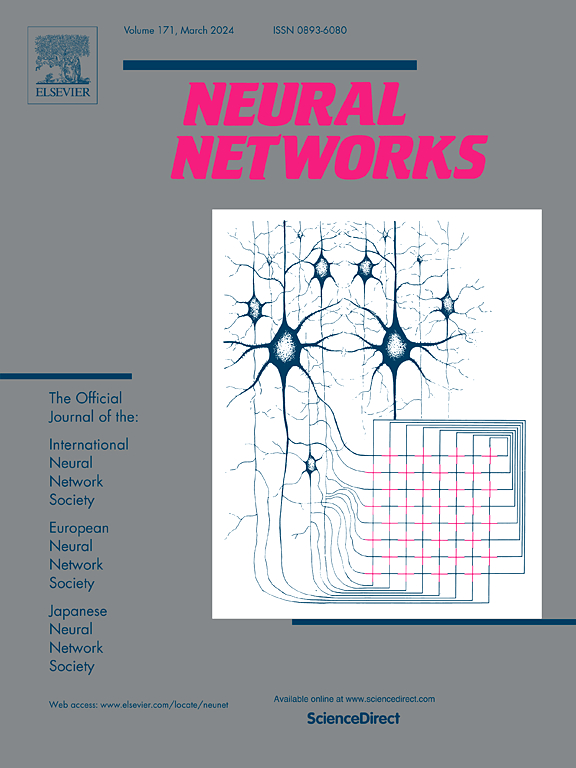利用蜂群智能和马尔科夫链优化的 FGM(1,1-sin)模型预测沥青路面的粗糙度。
IF 6
1区 计算机科学
Q1 COMPUTER SCIENCE, ARTIFICIAL INTELLIGENCE
引用次数: 0
摘要
全球道路交通量不断增加,给沥青路面的维护带来了巨大挑战。车辆荷载和环境变化都会对沥青路面产生影响,因此需要合适的预测模型。国际粗糙度指数(IRI)是衡量路面平整度的关键指标,因此需要建立 IRI 预测模型来进行性能分析。使用分数累加算子和正弦项可以改善传统灰色模型预测精度低的问题。然后,利用混沌自适应鲸鱼优化算法和马尔可夫链对模型进行优化。基于 RIOHtrack 使用的不同沥青路面结构作为实验数据,平均 RMSE、MAE 和 MAPE 分别达到 0.025%、0.020% 和 1.392%。与其他灰色模型相比,该模型在 IRI 多步预测中表现更好。特别是,所提出的模型仅通过 IRI 本身的变化就能在较小样本量下实现令人信服的预测,这有助于评估道路状况和设计维护计划。本文章由计算机程序翻译,如有差异,请以英文原文为准。
Roughness prediction of asphalt pavement using FGM(1,1—sin) model optimized by swarm intelligence and Markov chain
The road traffic volumes are constantly increasing worldwide, leading to significant challenges in maintaining asphalt pavements. Vehicular loads and environmental changes impact asphalt pavements, necessitating suitable predictive models. The International Roughness Index (IRI), a key indicator of road smoothness, requires IRI prediction models for performance analysis. Using the fractional accumulation operator and sine term can improve the traditional grey model’s low prediction accuracy. Then, the chaotic adaptive whale optimization algorithm and Markov chain are used to optimize the model. Based on the different asphalt pavement structures used by RIOHtrack as data for the experiments, the average RMSE, MAE, and MAPE reached 0.025, 0.020, and 1.392%, respectively. Compared with other grey models, it performs better in IRI multi-step prediction. Particularly, the proposed model can achieve compelling predictions in a small sample size only through the changes in IRI itself, which helps to evaluate road conditions and design maintenance plans.
求助全文
通过发布文献求助,成功后即可免费获取论文全文。
去求助
来源期刊

Neural Networks
工程技术-计算机:人工智能
CiteScore
13.90
自引率
7.70%
发文量
425
审稿时长
67 days
期刊介绍:
Neural Networks is a platform that aims to foster an international community of scholars and practitioners interested in neural networks, deep learning, and other approaches to artificial intelligence and machine learning. Our journal invites submissions covering various aspects of neural networks research, from computational neuroscience and cognitive modeling to mathematical analyses and engineering applications. By providing a forum for interdisciplinary discussions between biology and technology, we aim to encourage the development of biologically-inspired artificial intelligence.
 求助内容:
求助内容: 应助结果提醒方式:
应助结果提醒方式:


